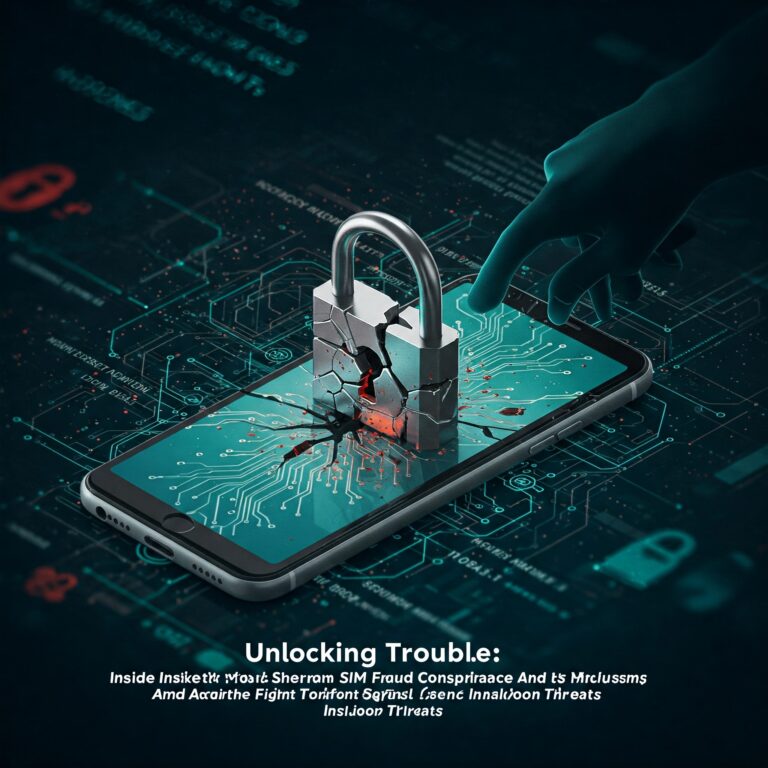Unlocking Trouble: Inside the Richard Sherman SIM Fraud Conspiracy and the Fight Against Telecom Insider Threats
I. Introduction: An Inside Job Shakes the Telecom Sector In a stark illustration of the vulnerabilities lurking within major…

I. Introduction: An Inside Job Shakes the Telecom Sector In a stark illustration of the vulnerabilities lurking within major…